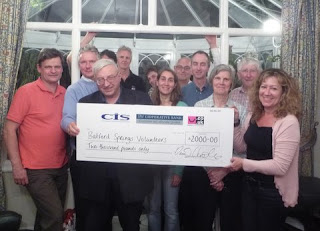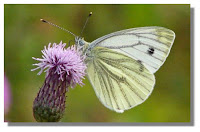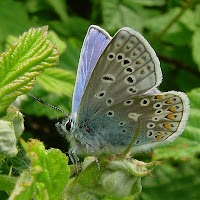On 21st May, the Batford Springs volunteers were welcomed by Lucy Evans to Magog Downs in Cambridgeshire, where we observed spectacular views across the open meadows and woodlands and also the wildlife that it supports. The Magog Downs committee have ambitious plans in recreating the flower-rich chalk grassland typical of a century ago.
The unusual name is thought to have come from an ancient legend. It is said that once two giants, Gog and Magog, fought each other to the death on the site, and their bodies created the hills.
The reserve, 163 hectares of low chalk hills, is privately owned and maintained, and is managed by the Magog Trust, which was set up in 1989. The cost of the upkeep is about £70k per annum, but it’s the scale of the conservation required that sets Batford Springs into perspective!
In terms of volunteers, Magog attracts approximately 5/6 per month so, whilst the list of priorities lengthens, there are restrictions on the time and cost of such activities; for example, six woods planted in 1990 and 1992 for commemorative purposes, that now house 24,000 native beech, hazel and hawthorn trees, will shortly need pruning and thinning. This is a massive undertaking, not only in time and money but also as a PR exercise, as many of the trees were donated by families in memory of loved ones. This is a huge undertaking, and only scratches the surface of the challenges faced by Lucy and her team.
The beauty of the downs is unquestionable, and some say you can see five counties from the top of the downs. The generous seating areas strategically placed around the downs allow the general public to enjoy the breathtaking views.
During our walk around the downs, we heard the ground-nesting skylark, and saw some typical downland plants, such as white helleborine, small scabious, ox-eye daisy, rockrose, clustered bellflower and cowslip. The meadows of wildflowers were busy doing their job in attracting an eclectic array of butterflies, including common blue, brown argus and small heath, and also the brightly coloured cinnabar moth.
The downs are enjoyed by families, individuals, dog walkers and kite flyers alike. Whilst the trust endeavours to plan fund-raising events on an annual basis, this together with the day-to-day maintenance of the downs, plus plans for the future, is a very substantial effort.
Thank you to Lucy for showing us around her ‘Manor’.
For anyone wishing a visit, please contact www.magogtrust.org.uk, or phone, 07796 471457























